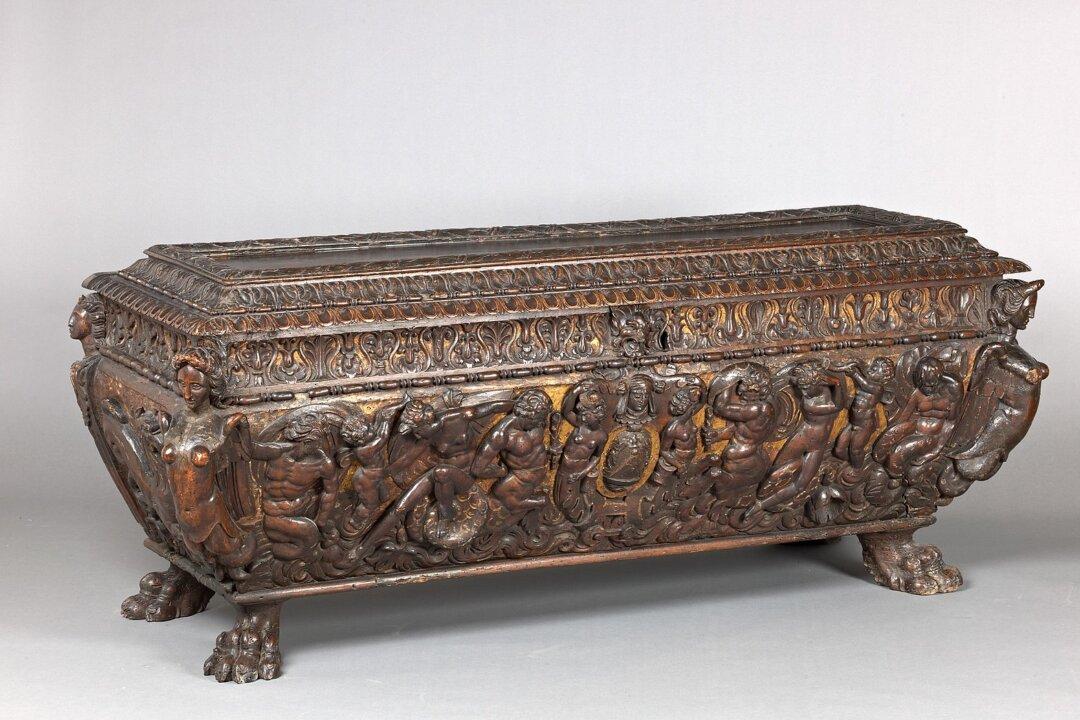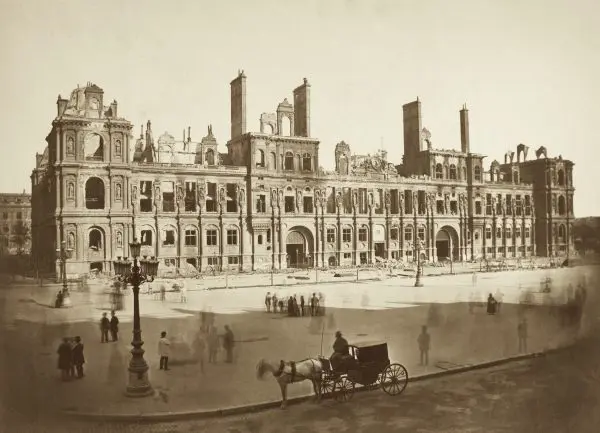If you were to witness the celebrations of an Italian Renaissance marriage, you might see a pair of trunks, elaborately and elegantly adorned and engraved, carried through the meandering streets of an Italian village amid the music, pomp, and golden glow of a wedding procession. These trunks or chests—called “cassoni”—were among the married couple’s most important and treasured possessions. We can see certain ideals of marriage reflected in them.
Cassoni were generally commissioned in pairs, and they might include the coats of arms from the bride and groom’s families. Renaissance marriages were, in part, a unification of various houses, and often had political and economic implications. Families often used arranged marriages to build bonds.






